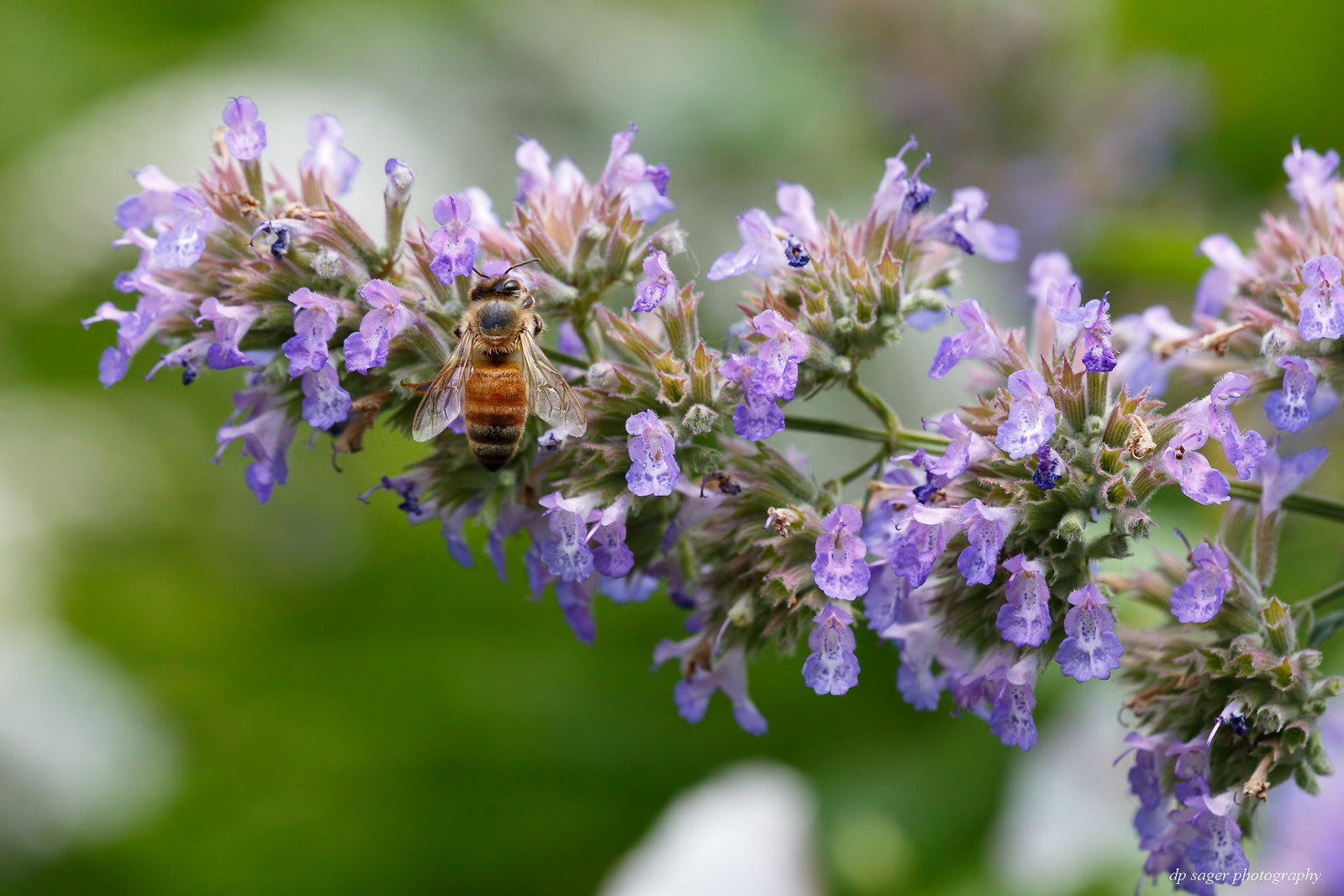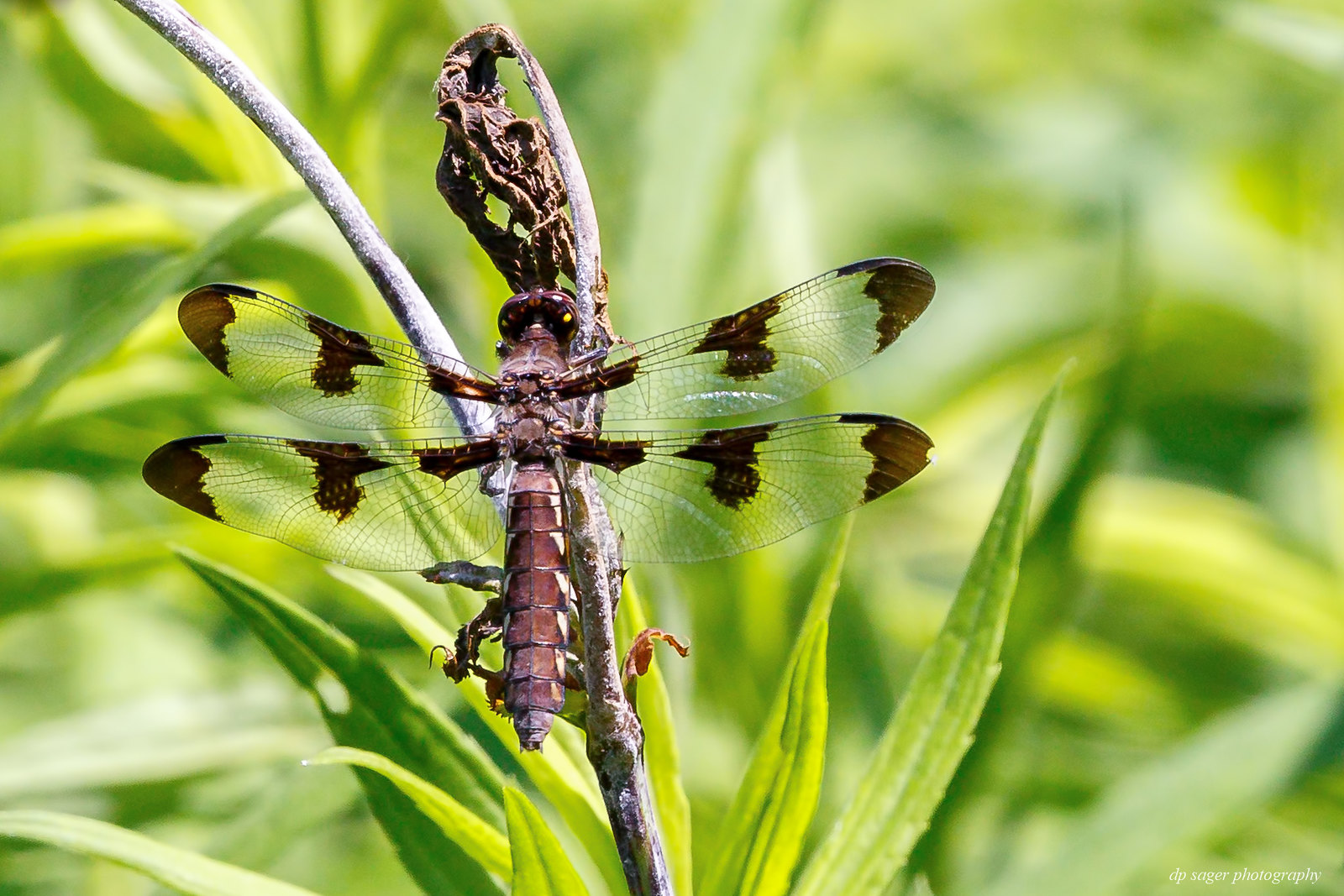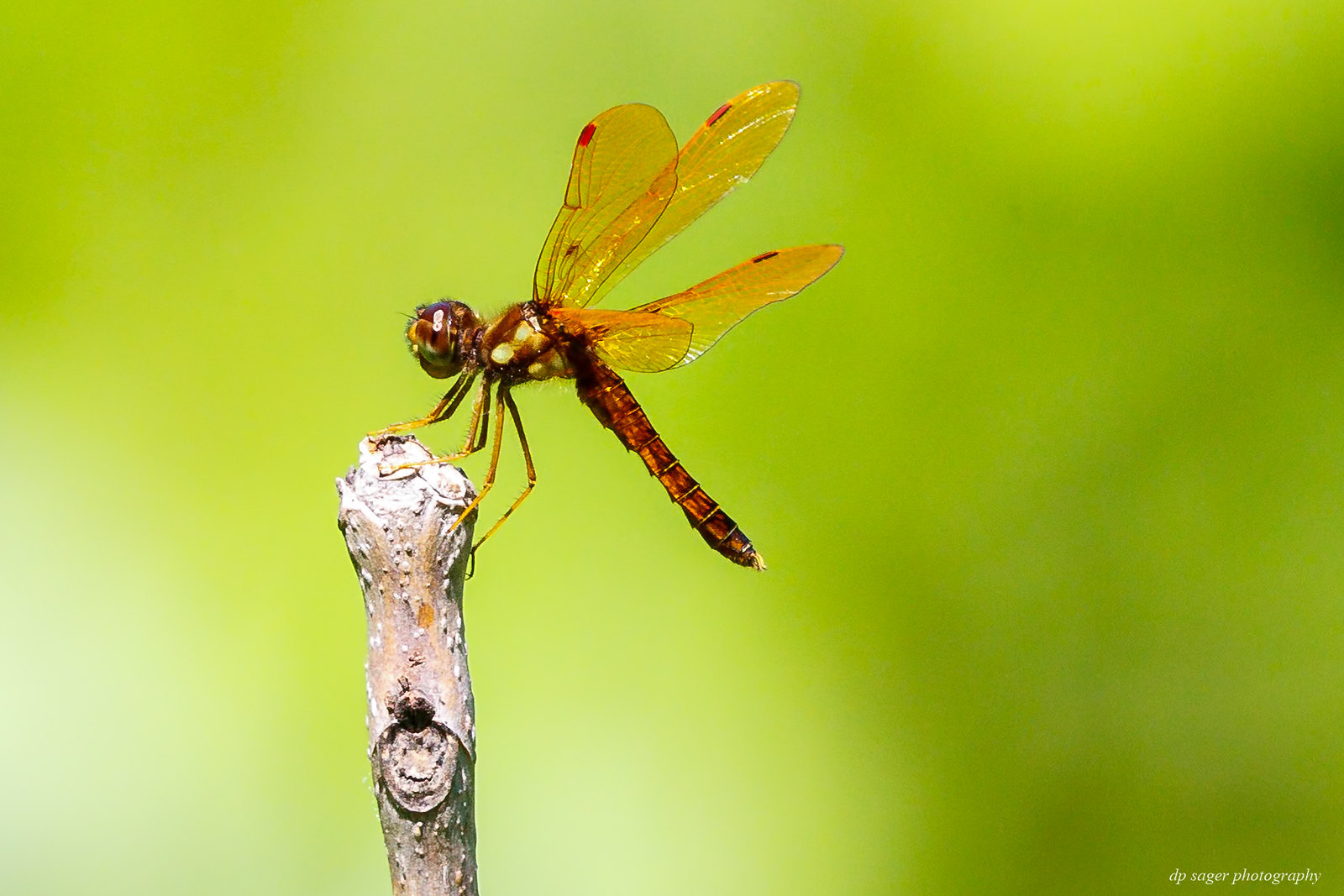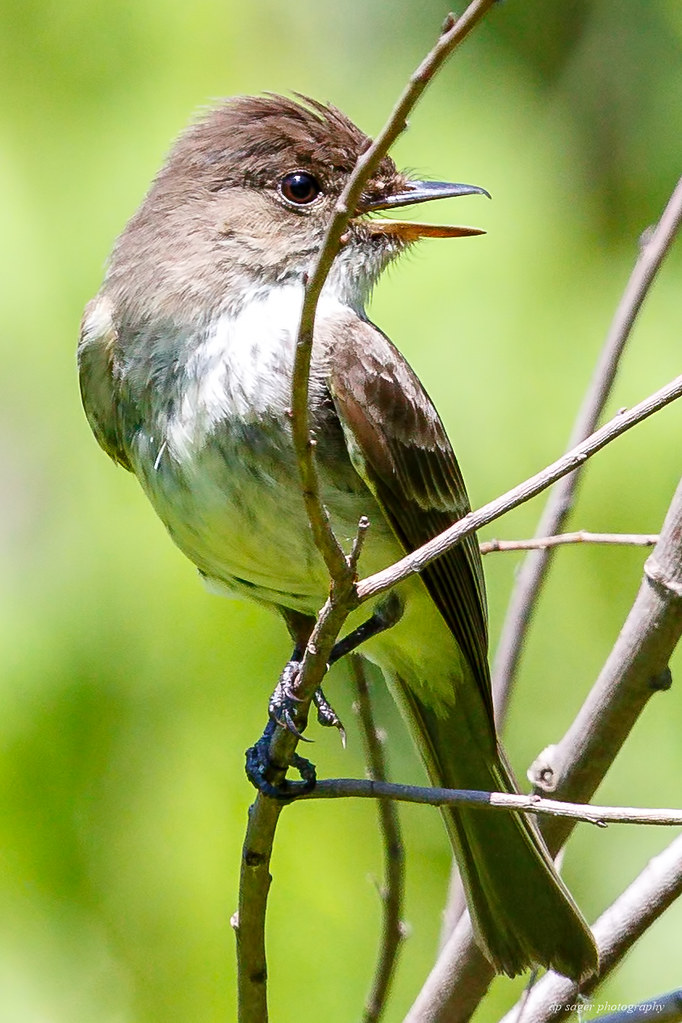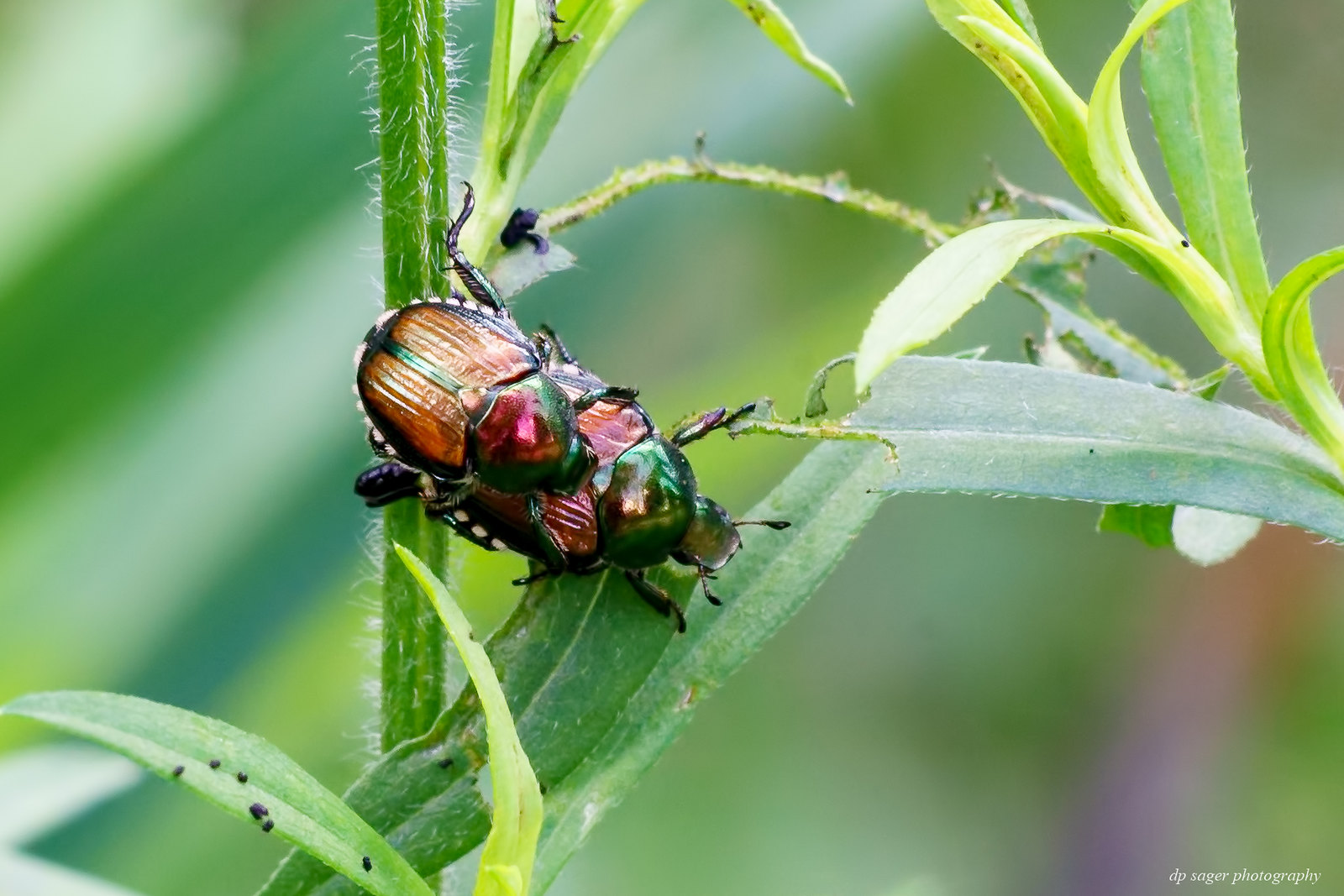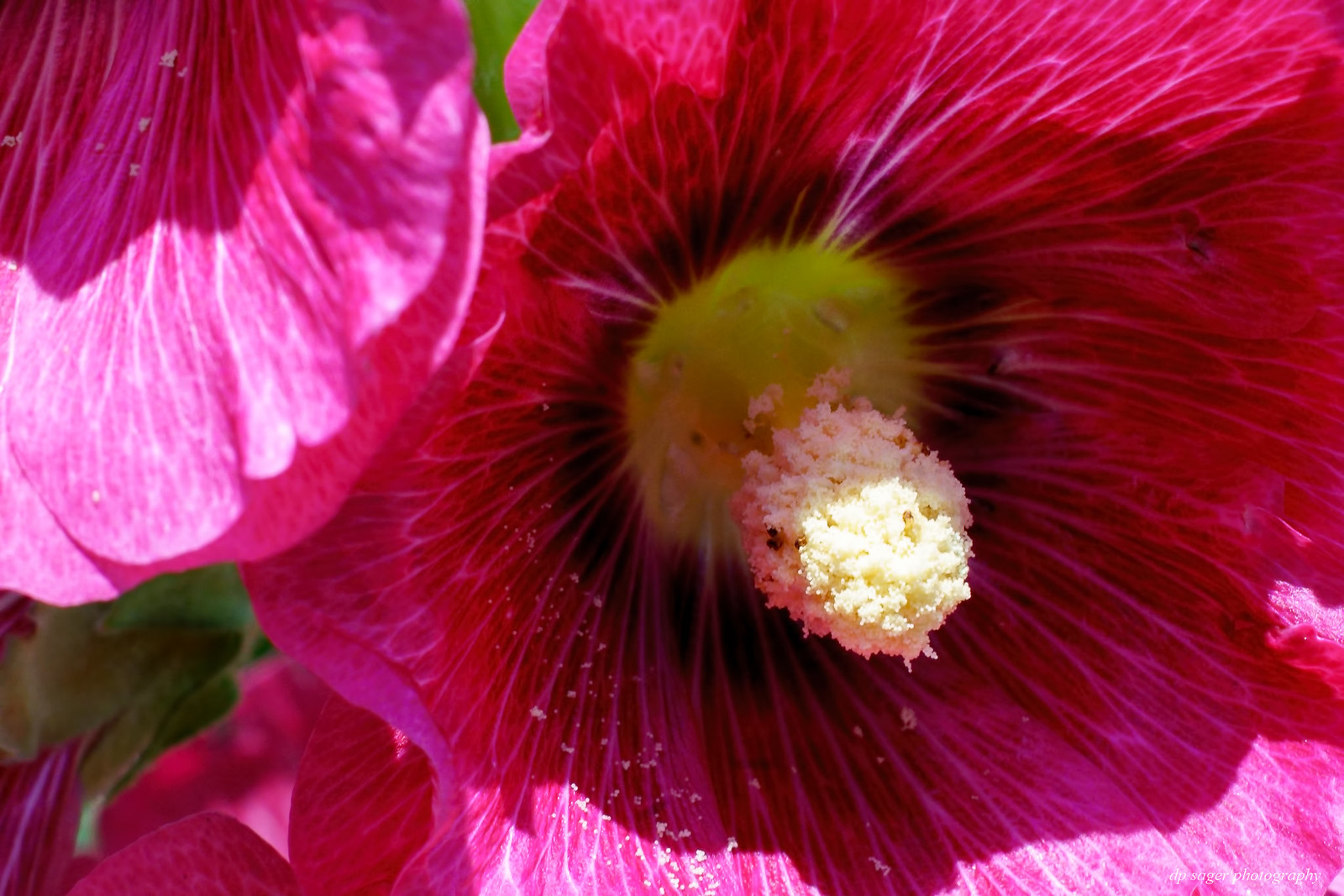Some flowers, bugs, and a bird from Chicago
Jul 16, 2018 07:51:46 #
Jul 16, 2018 07:58:12 #
CHG_CANON wrote:
The English word lavender is generally thought to ... (show quote)
Paul, fantastic series, all.





Greg
Jul 16, 2018 09:15:58 #
CHG_CANON wrote:
The English word lavender is generally thought to ... (show quote)
all are beautiful shots and I enjoyed reading about each one, paul. I love the beautiful lavender shot,
and the bug shots are outstanding. I especially like the Japanese beetles. they are beautifully colored,
although they do so much damage to flowers.

Jul 16, 2018 09:30:57 #
merrytexan wrote:
all are beautiful shots and I enjoyed reading about each one, paul. I love the beautiful lavender shot,
and the bug shots are outstanding. I especially like the Japanese beetles. they are beautifully colored,
although they do so much damage to flowers.
and the bug shots are outstanding. I especially like the Japanese beetles. they are beautifully colored,
although they do so much damage to flowers.

Thank you merrytexan! I didn't know anything about the Japanese beetles until I started researching afterward. Glad you enjoyed.
Jul 16, 2018 09:31:46 #
CLF wrote:
Paul, fantastic series, all. 




Greg





Greg
Thank you Greg. Hopefully, I can find some bees in the same location in the next few weeks as the wildflowers reach peak bloom.
Jul 16, 2018 10:04:28 #
Jul 16, 2018 14:07:44 #
Jul 16, 2018 17:15:20 #
The photos and text are very informative, the pictures are beautiful. My personal favorite -- Eastern Wood-Peewee. Thanks.
Jul 16, 2018 20:59:06 #
I second everything that others have said, Paul. Excellent work - incredible detail - very interesting shots. Nice to see how it's done.
Jose
Jose
Jul 17, 2018 00:16:16 #
Jul 17, 2018 07:42:54 #
Jul 17, 2018 07:43:46 #
Base_fiddle wrote:
I second everything that others have said, Paul. Excellent work - incredible detail - very interesting shots. Nice to see how it's done.
Jose
Jose
Thank you Jose! Glad you enjoyed.
Jul 17, 2018 07:45:24 #
ikaush wrote:
The photos and text are very informative, the pictures are beautiful. My personal favorite -- Eastern Wood-Peewee. Thanks.
Thank you ikaush! The peewee and the milkweed bug are from a few years ago and had been forgotten until I re-opened the folder and began editing. Glad you enjoyed.
Jul 17, 2018 07:45:48 #
Jul 17, 2018 07:46:54 #
redfordl wrote:
Paul all fANTastic bug images plus bird with great descriptions!! WOW!!! 







Thank you redford! I've started to enjoyed finding details to include with images, almost as the capture and edit.
If you want to reply, then register here. Registration is free and your account is created instantly, so you can post right away.



